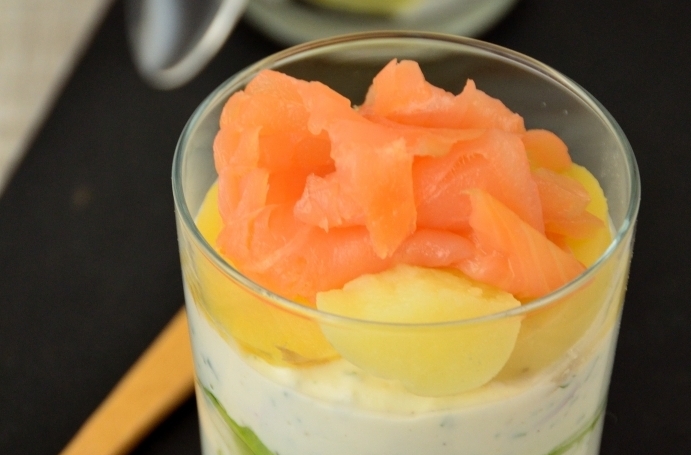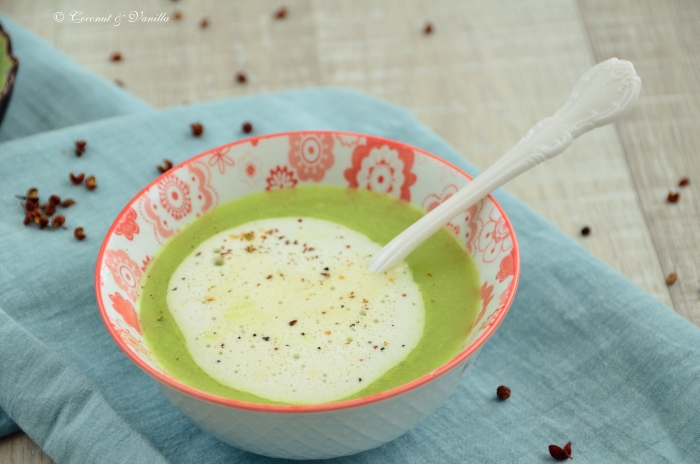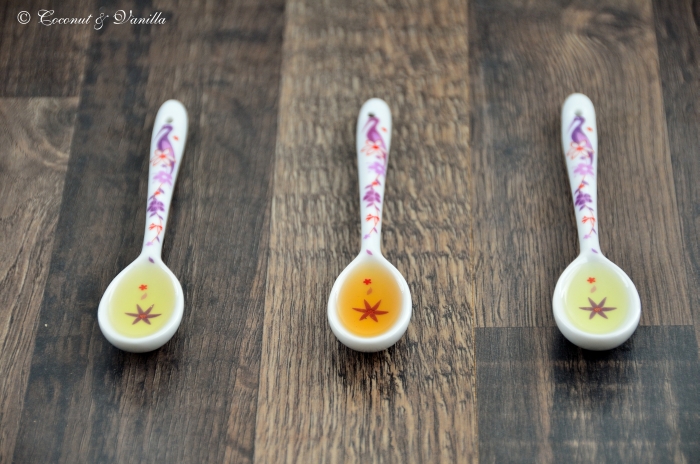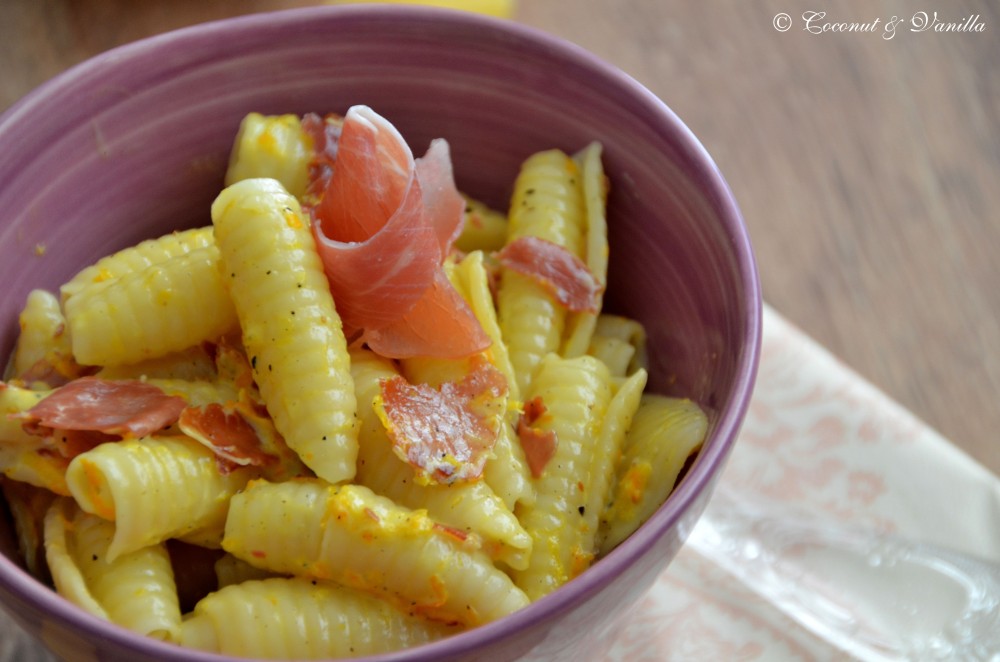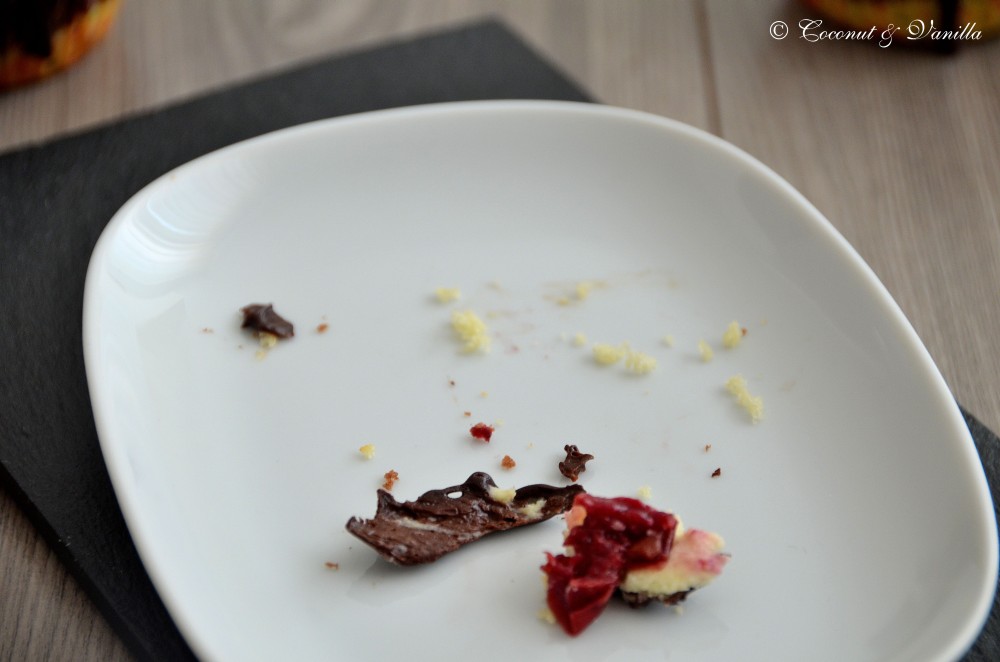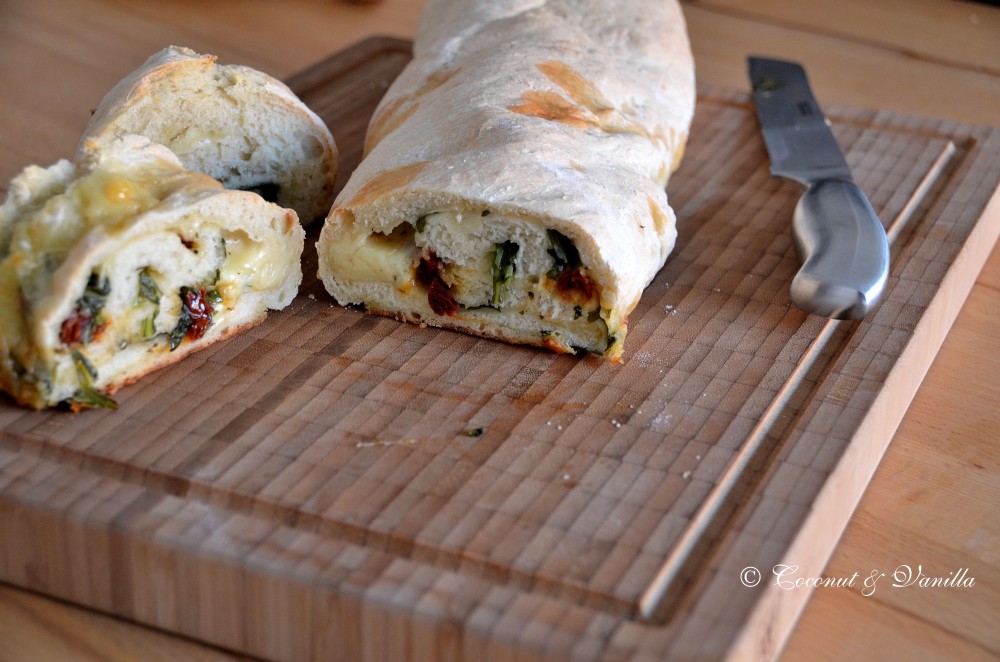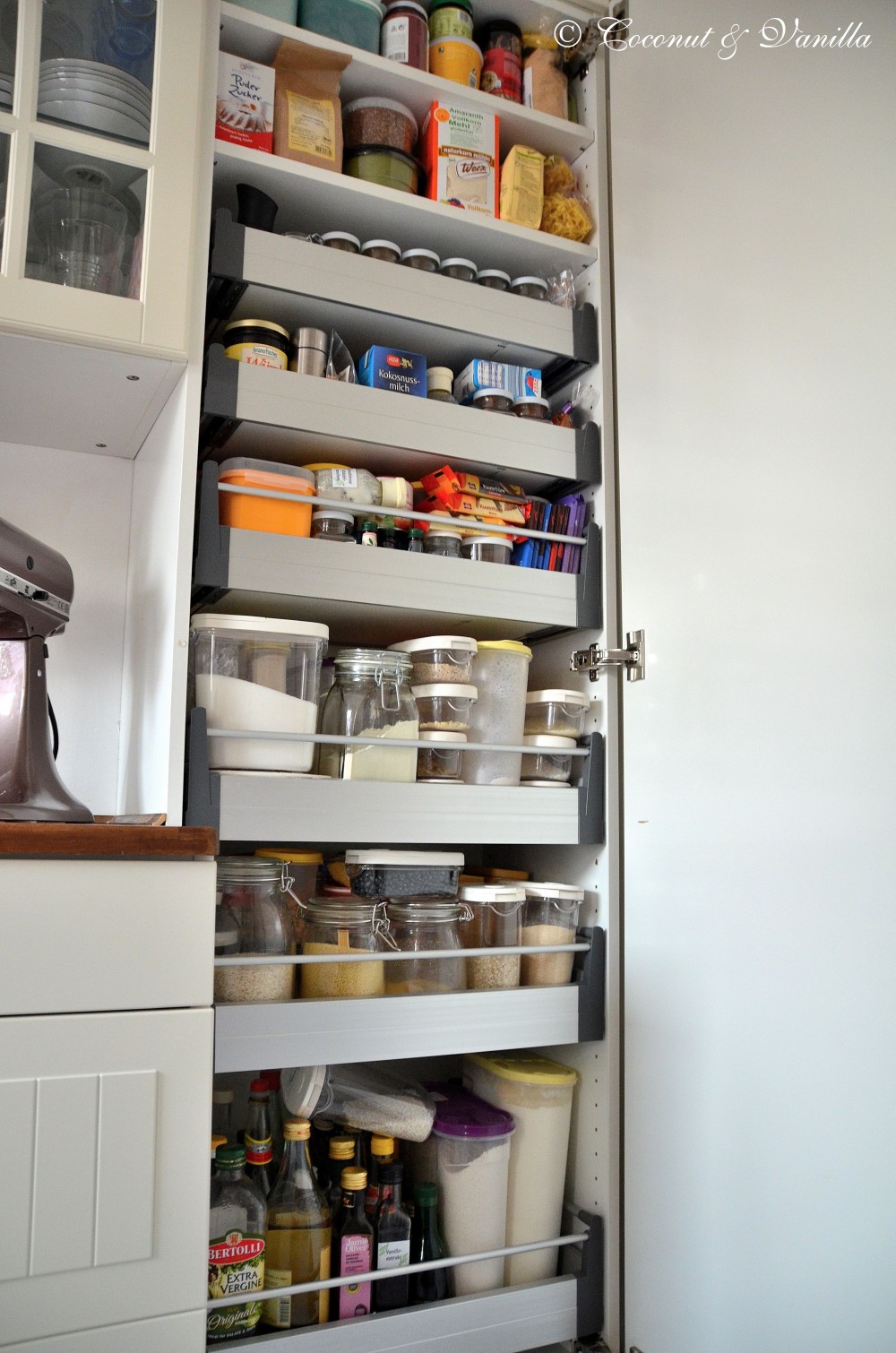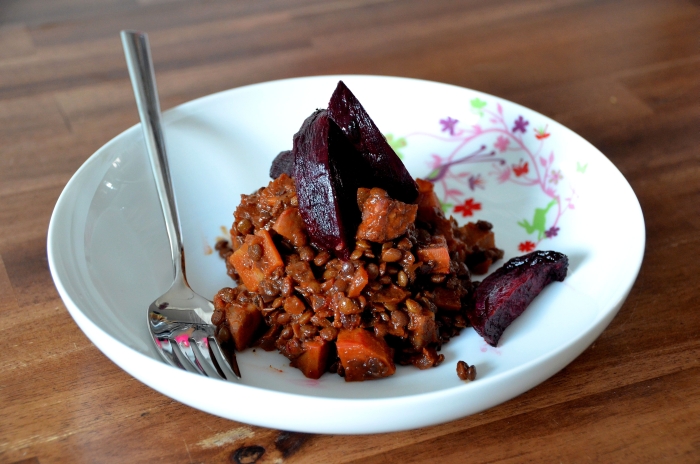Steph vom
kleinen Kuriositätenladen hat aufgerufen, ihr unsere Küchen zu zeigen. Ich schaue ja liebend gerne in anderer Leute Häuser und besonders gerne in die Küche. Und wer gern schaut, muss eben auch mal schauen lassen.
Unsere Küche ist das schönste Zimmer in unserer Wohnung. Das sag ich nicht nur, weil ich gerne in der Küche stehe, nein sie ist es wirklich! Das liegt natürlich auch daran, dass wir vor knapp 2 Jahren, als wir in die Wohnung eingezogen sind uns die Küche neu gekauft. haben. In der Wohnung war keine drin, wir hatten also keine andere Möglichkeit. Und da wir keine halben Sachen machen und ich viel Wert auf die Küche legen und natürlich schon lange von meiner eigenen geträumt habe, haben wir uns eine IKEA Küche gekauft. Ich würde immer noch jederzeit eine IKEA Küche kaufen und auch wieder so wie damals (gut bis auf die blöde Edelstahlspüle auf der man jeden Wasserfleck sieht).
Die Küche ist nicht gerade groß und hat vor allem noch eine zweite Tür zu einer Mini-Veranda drin, deshalb war es nicht ganz einfach sie einzurichten und die richtigen Schränke zu finden. Die Tür zum Flur mussten wir auch aushängen, denn sonst hätten wir mindestens 2 Schränke weniger einbauen können. Zudem musste auch noch die Waschmaschine mit rein, weil es sonst keinen Platz für sie gegeben hätte. Man hätte natürlich noch mehr Hängeschränke einbauen können, aber das wollte ich nicht, da mir die Küche sonst zu dunkel geworden wäre und mir zu viele Hängeschränke auch nicht gefallen. Die 2 waren schon ein Zugeständnis an unsere vielen Küchenutensilien und das Geschirr, das sonst nirgends Platz hätte ;).
Wirklich lieben tue ich an unserer Küche die Funktionalität und die vielen kleinen angenehmen Einbauten, wie allein die Schubladen- und Türendämpfer oder das IKEA Müllsystem (ja ich liebe sogar unseren Müll!).
Fotografiert von der Tür zum Flur. Linke Seite der Küche: Kühlschrank (der sich gerade verabschiedet, blödes Ding), daneben unsere recht neue Spülmaschine und die Waschmaschine, daneben die Spüle. Im Eck Tür zur „Veranda“. An der Wand hinten hängen zwei tolle
Baumwollsäcke, mit zwei Öffnungen je, in denen bewahren wir unsere Kartoffeln auf. Seitdem gammeln sie auch nicht mehr.
Schrank über Kühlschrank für größere Utensilien, wie Backformen in vielen verschiedenen Formen, die Schachtel in der Mitte links ist voll mit Plätzchenausstecher, Nudelmaschine, Vakuumiermaschine, Gemüsereibe, Gärkörbe. Nicht zu sehen, aber im Schrank: ein Wok!, ein Caquelon (für Käsefondue), Rührgerät und wahrscheinlich noch ein paar Dinge.

Rechte Seite der Küche, gegenüber dem Foto oben. Vorne Vorratsschrank mit Auszügen (Blick in den Schrank s.u.). Darüber noch ein Schränkchen, in dem Küchengeräte wie Waffeleisen, Reiskocher, Isi Whip enthalten sind. Dann Schubladen und mehr Schubladen mit Besteck, Schüsseln, Backformen, Tuppern, Kleinkram. Backofen/Herd mit Glasspritzschutz. Unter dem Fenster ein breiter Schrank mit herausziehbarem Rondell in dem alle Töpfe, der Bräter, noch mehr Schüsseln und Siebe untergebracht sind. Links daneben Klappleiter damit ich auch an die hohen Schränke herankomme. An der Decke hängen die Pfannen und feinen Siebe. Das komische Ding in der Plastiktüte ist der Pizzaschieber (Super Peel).

Spüle. Links davon der Blender, der eigentlich nie benutzt wird (alle Schaltjahre mal für nen Cocktail). Links ist Arbeitsfläche mit Holzbrett(chen) und Toaster und Brotkorb, genutzt meistens zum Brotschneiden.Über der Spüle Tee- und Trinkschokoladensortiment, sowie Brotaufstriche, die nicht gekühlt werden müssen. In dem wunderschönen Hängekorb befinden sich immer Zwiebeln, Knoblauch und Ingwer.
Auf der anderen Seite in der Ecke neben dem Herd befinden sich meine Messerblöcke, der Wasserkocher, die Müslibar, Kochweine, Öle, Salze, was man eben so beim Kochen braucht. In der Etagere befindet sich immer das Obst. An der Wand hängen noch diverse Utensilien, die in keine Schublade mehr gepasst haben. Über all dem hängen die Pfannen und Siebe (s.o.).
Blick zur Tür mit KitchenAid und mehr Küchenutensilien, sowie meiner Waage, die man aufhängen kann.
Blick in die obere breite Schublade, gefüllt mit Besteck. Rechte Seite geordnet nach Verwendungszweck bzw. Material (Holz, Plastik, Edelstahl). Cool finde ich unseren Flaschenöffner, der den Griff eines
Wera Schraubendrehers hat. Hat nicht jeder! Ich mag besonders Holzbesteck zum Kochen und niemals mehr missen will ich die Microplane Reibe! Die ist so genial.
Schublade mit Utensilien, die schwer unterzubringen sind, aber man mehr oder weniger häufig braucht.
Nochmal: die KitchenAid.
So siehts in meinem einzigen Vorratsschrank in der Küche aus (auf der Veranda ist noch ein Einbauschrank in dem ich Vorräte lagere). Von unten nach oben: Öle, Essige, Soßen, große Container mit Mehl, darüber: Kochlebensmittel, wie Reis, Bohnen, Gries etc, darüber: 2 Auszüge mit Backzutaten, darüber Brühen und Gewürze und nochmal nur Gewürze. Ganz oben: Pasta, diverse Mehle, Backzutaten, Zeugs das seltener gebraucht wird und nicht mehr in die Auszüge gepasst hat.
Am liebsten würde ich alles in schöne Schnappdeckelgläser packen, aber dafür fehlt mir leider der Platz.
Ein Blick in meinen oberen Gewürzauszug. Beschriftet sind die Gläser vorne. Da ich es von unten eh nicht sehen kann was drauf steht, weiß ich ungefähr wo welches Gewürz steht und zieh dann das jeweilige Glas heraus.
So das war meine Küche und ein paar offene Schubladen und Schränke.
Eine ganz tolle Aktion, Steph!

Steph from the
kleinen Kuriositätenladen called to show her our kitchens. I love to peek in peoples homes or better the kitchen. And who likes to peek , does have to let peek, too.
The kitchen is the most beautiful room in the apartement. I’m not just saying that, because I like to stand in the kitchen, it really is! Almost 2 years ago, as we moved in, there was no kitchen and so we had to buy one. IKEA was our choice and we never regret it (ok besides the dumb stainless steel sink, on which you can see every water stain).
The kitchen is really small and besides it has a second door, which leads to a mini veranda, so it wasn’t easy to install and to find the right cabinets. We also had to remove the door to the hall, otherwise we couldn’t have installed two of the cabinets. The washing machine had to be installed in the kitchen, too, since there is no other place for it. Of course we could have installed more hanging cabinets, but I like the kitchen to be light and airy, so two of them was the limit for me.
What I really love about the kitchen is it’s functionality and the little details like the door and drawer dampers or the IKEA garbage system (yes I even like our garbage!).
Photographed from the door. Left side: fridge, dish washer, washing machine, sink. In the corner door to our „veranda“.
On the wall two great cotton bags where we store our potatoes. Since then we don’t have problems with mould anymore.
Cuboard above the fridge for larger appliances and utensils, like baking dishes in lots of sizes, the box on the left side in the middle is full with cookie cutters, pasta machine, vacuum device, vegetable grater, fermentation baskets. Things you can’t see, but are also in the cupboard: a large wok (!), a caquelon (a special ceramic pan for cheese fondue), mixer and some more things.
Right side of the kitchen, opposite the picture above. In the front store cupboard with drawer pull-outs (look in the drawer pictures below). Above of it another cupboard with kitchen appliances like waffle maker, rice cooker, etc.
Next drawers and more drawser with cutlery, bowls, baking dishes, tupperware, small things.
Oven/stove top with glass splash guard on the wall.
Underneath the window a corner cabinet with an pull-out swing-out fitting with all our pots, casserole, more bowls and colanders. Next to it a small folding ladder, so I can also reach the higher cabinets.
Pans and sieves are hanging from the cealing. The strange thing in the plastic bag is a super peel for our pizzas and bread.
Sink, next to it the blender, whichis almost never used (every year for a cocktail). On the left work space (mostly used for slicing bread) with wooden cutting boards, toaster and bread baskets.
Above the sink tea and drinkg chocolate assortment, as well as spreads, which haven’t to be stored in the fridge.
I store onions, garlic and ginger always in that beautiful hanging basket.
On the other side in the corner next to the stove are my knife blocks, the granola bar, the kettle, oils, salts, what you need for cooking. In the étagère fruits are stored. On the walls we have more utensils, which didn’t fit in the drawers. Above of all this the pans and sieves.
View to the door with the kitchenaid and more appliances, as well as the scale, which can be hang up.
Glimpse in the upper broad drawer, filled with cutlery. On the right side organized by purpose or material (wood, plastic, steel).
I prefer wood for cooking and I never want to miss my microplane grater anymore!
Drawer with utensils, which are difficult to store, but are more or less frequently used.
Again: KitchenAid
This is what it looks like in my only storage cabinet in the kitchen (we have a built-in cabinet in the veranda, where we store supplies). From bottom to the top: oils, vinegars, sauces, larger boxes with flour, then: food for cooking, like rice, beans, semolina etc, then: 2 drawers with food for baking, then: broths and spices and again just spices. On the very top: pasta, different flours, food for baking, other stuff seldomely used.
I would like to use only glass containers, but as we don’t have much space, it’s not possible here.
View on my upper spice drawer. The glasses are labeled on the front. As I don’t see how they are labeled from below, I know more or less where every spice is positioned and I pull out the glasses then.
This was my kitchen and some open drawers and cabinets.
A great event, Steph!

